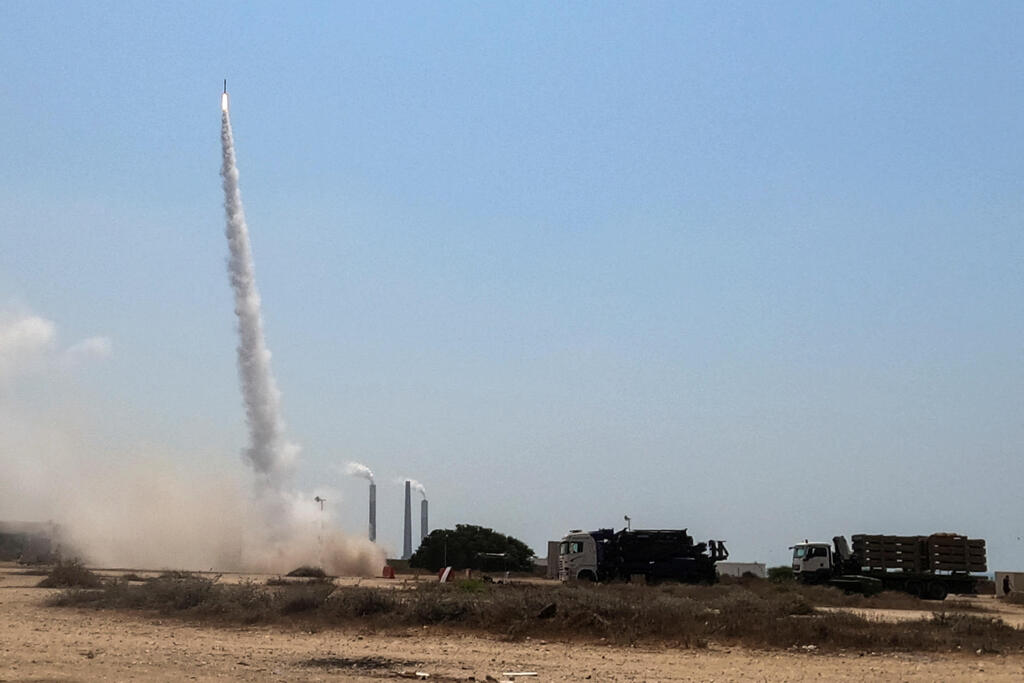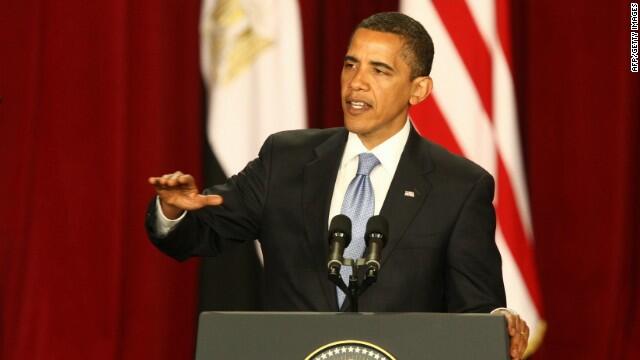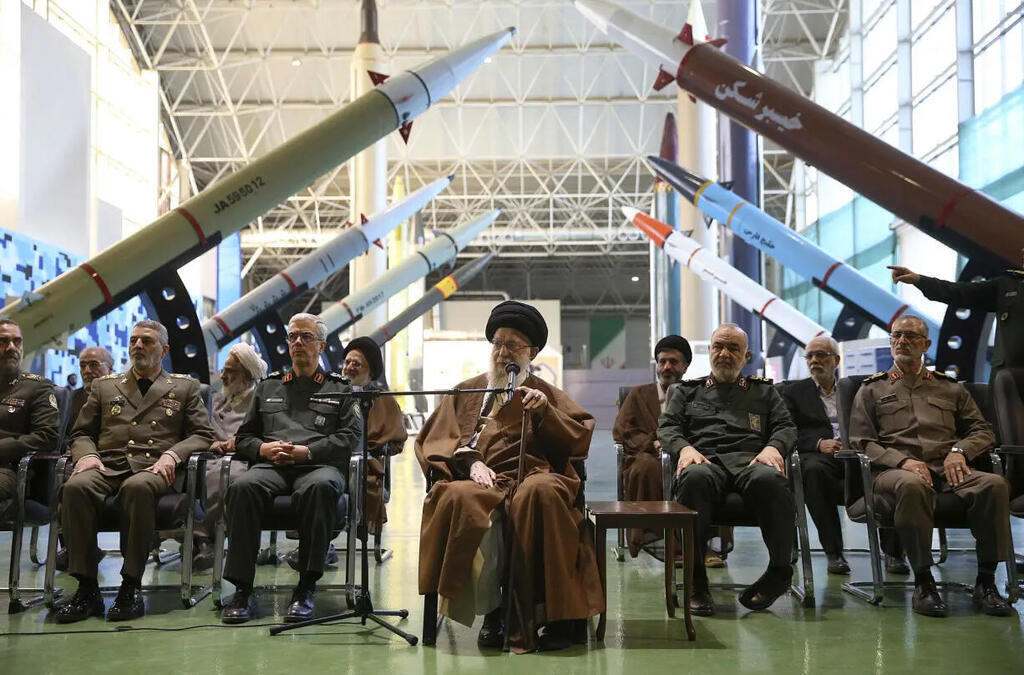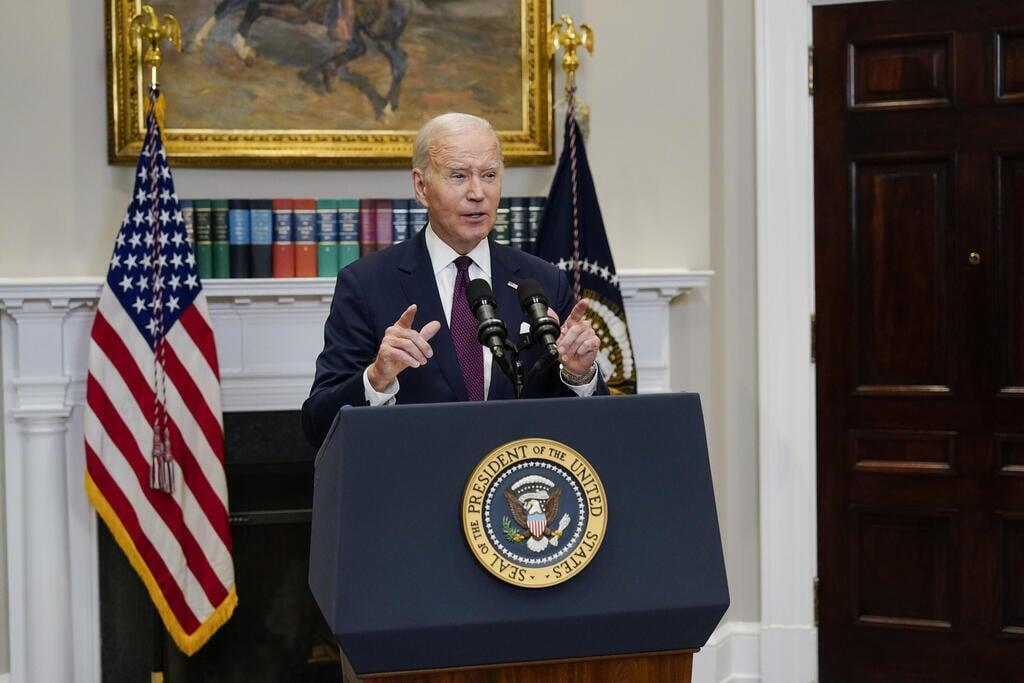Over the past two decades or so the IDF gradually moved from an offensive doctrine aimed to preempt threats and fight wars on the enemy’s territory to a defensive concept. Accordingly, the military’s prime objective shifted toward limiting the use of force and containing any cross-border fighting in case deterrence failed.
Read more:
There were several reasons for this transformation. As Ron Ben-Yishai, the defense analyst of Yedioth Ahronoth wrote in a seminal piece on July 21, 2007 “the most important and critical reason [for the reorientation] is the change in the IDF's combat values as a result of a general change in the values within Israeli society… The victories of 1967 and 1973, just like the peace agreements with Egypt and Jordan, created the sense among Israeli citizens that we do not face a substantive existential threat, and certainly not on the part of an armed group such as [Hamas or] Hezbollah. And if there is no existential threat, there is no point in making a sacrifice in order to carry out [an offensive ] military mission… safeguarding the lives and wellbeing of the "children" in uniform has become the ultimate value.”
4 View gallery


Iron Dome missile defense launched to intercept rocket fire from Gaza
(Photo: Reuters)
In a subsequent article dated June 1, 2019, Ben Yishai went on to list additional elements that make the recoil from a war-winning offensive doctrine, with its stresses on strategic initiative and risk-taking, the dominant approach of the IDF. Accordingly, Israeli security matters have been politicized. Field commanders are regularly subject to legal proceedings that lead to heavy penalties, including suspensions. Consequently, many of them have lost their motivation. Israeli society is too sensitive to kidnappings and, finally, parents are too involved in Israeli army matters.
On top of this came a game-changing technological advancement in the form of the Iron Dome missile defense system which has been proven repeatedly as capable of intercepting the vast majority of rockets fired into Israel by the terrorist armies deployed on its southern and northern borders.
Iron Dome’s high interception rate minimized Israeli casualties and enabled the Israeli government to keep its response to Hamas provocations to indecisive fighting “rounds” which were limited in duration, targets, territorial scope and the forces employed. While the main motivation was to avoid Israeli military casualties—a political choice in line with the public’s wishes—the practice was shrouded as rooted in a well-thought-through operational doctrine curiously dubbed “mowing the lawn."
There is little doubt that in the absence of the Iron Dome, Israel would have been forced long ago to act vigorously against Hamas including by an extensive ground operation. With the system in place, however, such an offensive was deemed unwarranted, especially given the projected heavy costs in the lives of IDF’s soldiers. Yet this strategy gave Hamas a “license“ to subject dozens of southern Israeli communities to a persistent “drizzle” of rocket fire with little fear of retribution. It also assured that Hamas would be a much stronger opponent once the strategy has finally changed.
Moreover, the Obama administration which saw Israeli offensive undertakings as a potential threat to U.S. interests— fearing any ensuing conflict would end up involving American assets in the region— saw the Iron Dome project as a golden opportunity to encourage a shift of the IDF into a defensive posture. It quickly marshaled funds to support the development of the system touting its defensive orientation. Its logic was simple: the more Israelis feel protected from rocket attacks, the lesser the popular pressure would be to preempt the emerging threats in Gaza and Lebanon which would serve Washington’s regional interests.
Little wonder that from 2011 to 2021, the US contributed a total of $1.6 billion to the Iron Dome defense system, with another $1 billion approved by the US Congress in 2022.
The massacre of October 7, abruptly ended this trend. Israel’s policy of incident containment, restraint in force employment and preference for the defense was quickly abandoned in favor of a “Never Again is Now” doctrine. The IDF thus launched a full-scale offensive into Gaza and prepared to repel a possible simultaneous Hezbollah attack in the north by launching a counteroffensive into Lebanon.
Soon it became evident that the existence of a multi-tiered missile defense system in Israel meshed well with the IDF’s Gaza offensive. Given that Gaza’s terrorists resorted of late to launching massive barrages of rockets to saturate the system’s interception capacity, the wholesale elimination of their rocket arsenals by the IDF’s ground forces invariably meant boosting the efficiency of Israel’s missile defense system. The deeper the Israeli army advanced into Gaza, the fewer the number of rockets being fired from the strip and the higher the odds of interception by the Iron Dome system.
Other elements of the Israeli missile defenses also demonstrated their effectiveness. Thus Israel's long-range Arrow 3 air defense system shot down Eilat-bound ballistic missiles over the Red Sea which were launched by the Iran-backed Houthis in Yemen. The same component proved its mettle under fire vis-a-vis Hezbollah and Syrian-emanating threats aimed at northern Israel.
The reverting by the IDF to its traditional offensive doctrine— spurred by the belated awakening to the gravity of the threat posed by Hamas and its terrorist brethren—was thus facilitated by the operability of Israel’s extensive missile defenses and vice versa. Instead of a substitute for an offensive action, Israel’s Iron Dome at once became complementary to a highly successful IDF’s offensive ground maneuver. In turn, the Gaza war proves there is no alternative for a ground offensive to remove in earnest the terrorist rocket threat to the citizens of Israel.
Not surprisingly Washington suddenly realized that the operational formula that passed muster in Gaza—i.e. using a combined-arms tactic to quickly overwhelm Hamas offensively and virtually neutralize its rocket threat while suffering fewer casualties than anticipated— coupled with the Iron Dome’s robust missile defenses could be applied to other fronts. After all, given growing calls in Israel to militarily remove the Hezbollah threat in the north, the Americans may have concluded their plan of restraining Israel militarily by shoring up the country’s defenses may have backfired. In the wake of Gaza Israel could become a trigger-happy ally.
In this regard Washington’s alarm must have peaked in view of the just concluded IDF exercise which simulated air and ground logistic support for an Israeli offensive in the north. Moreover, Hezbollah’s claim to have targeted an Israeli missile defense battery in one of its ongoing rocket attacks may suggest it appreciates the contribution the system would make in case the IDF launches a ground offensive and a full-blown war ensues. (Alternatively, the firing could be part of Hezbollah’s testing of Israel’s defenses in the north.)
In the meantime, whether he fully grasps the potential that the defensive-offensive mix now provides the Israeli military and is trying to “put the (IDF) genie back in the bottle,” or is simply motivated by political considerations related to the upcoming U.S. elections, President Biden appears bent on putting the brakes on Israel. In his March 9, interview with MSNBC, while warning against the IDF continuing its offensive into Rafah, he clearly embraced the Obama concept as his preferred model for fashioning Israel’s strategic doctrine. He stated “I’m never going to leave Israel. The defense of Israel is still critical. There’s no red line [in which] I’m going to cut off all weapons so that they don’t have the Iron Dome to protect them.”
Yet after October 7, supporting Israel’s defensive strategy inevitably amounts to boosting its new offensive posture. It emerges that fallacious strategic thinking was not only the domain of the Israeli defense establishment. It is apparently still well entrenched in Washington.
- Dr. Avigdor Haselkorn is a strategic analyst and the author of books, articles and op-eds on national security issues.





